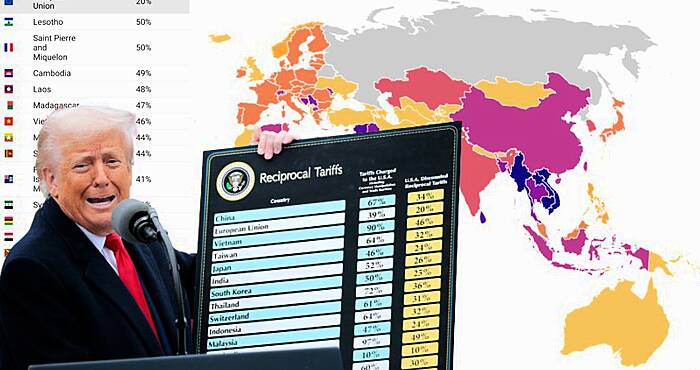During his presidency, Donald Trump implemented a series of tariffs aimed at protecting American industries and addressing trade imbalances. These tariffs affected various countries and product categories, leading to significant international trade tensions. This article outlines the key countries impacted by these tariffs and the specific goods involved.
China
China faced some of the most extensive tariffs, which targeted a wide range of products. Key categories included electronics, machinery, textiles, and consumer goods. Tariff rates varied, with some goods subjected to as much as 25%. This aggressive stance aimed to curb China’s trade practices and protect American manufacturing.
Canada
In Canada, the tariffs primarily affected softwood lumber, aluminum, and steel. The US imposed approximately 10% tariffs on aluminum and steel products, citing the need to protect domestic industries from foreign competition. This move strained the US-Canada trade relationship, leading to diplomatic discussions and negotiations.
Mexico
Mexico also experienced significant tariffs, particularly on steel and various agricultural products. The US imposed tariffs of up to 25% on certain steel products, which prompted retaliatory measures from Mexico, further complicating trade dynamics between the two nations.
European Union
The European Union was another major player affected by Trump’s tariffs. The US targeted products such as aircraft, wine, and various food items, imposing tariffs as high as 25% on certain imports. This action led to escalating tensions between the US and EU, as both sides sought to protect their economic interests.
India
India faced tariffs primarily on steel and aluminum, with rates similar to those imposed on other countries. The tariffs aimed to protect the US steel industry and reduce imports from countries deemed to be dumping their products at unfair prices.
Brazil
Brazil, like other countries, saw tariffs imposed on steel and aluminum. The measures were part of a broader strategy to safeguard American industries and address trade deficits.
Conclusion
The tariffs enacted during Trump’s administration significantly impacted global trade dynamics. By targeting key countries and product categories, these tariffs aimed to protect American industries but also led to retaliation and strained international relations. As countries navigated these challenges, the future of global trade remained uncertain, highlighting the complexities of international economics.




